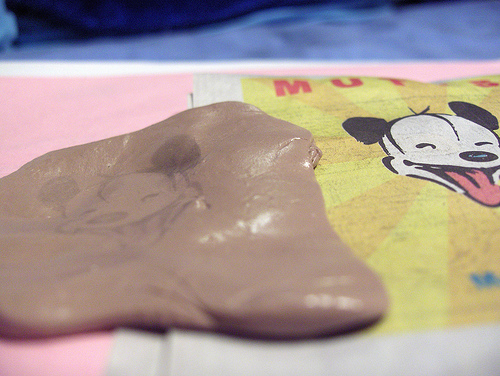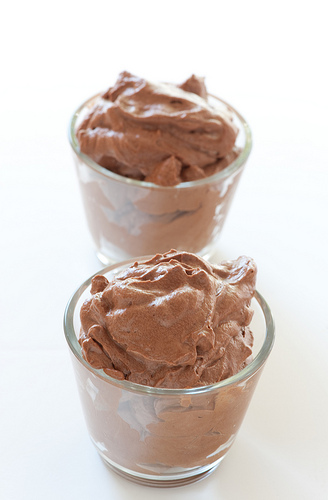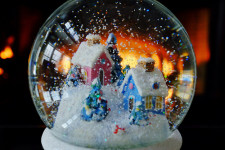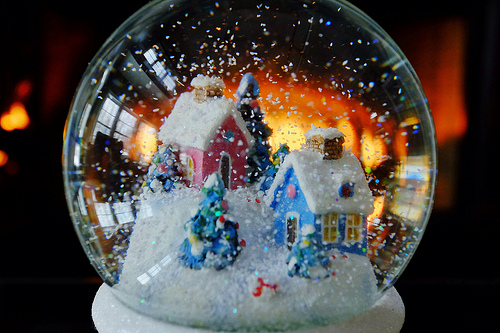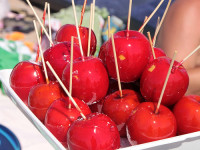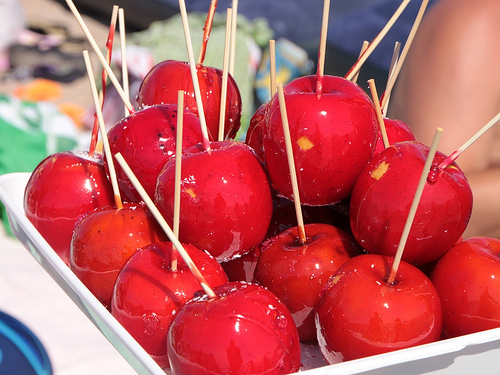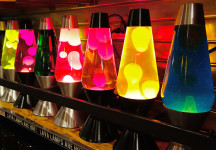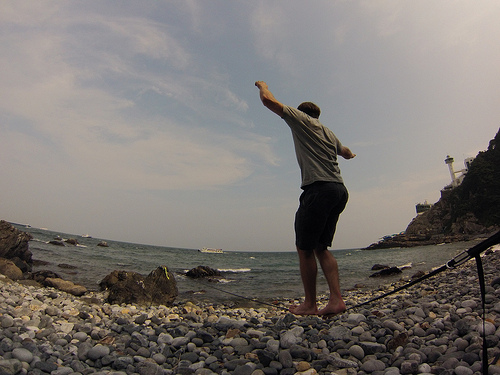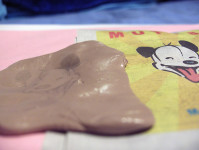
Silly Putty is everything you would want, in one.
- Silly Putty is a pliable putty toy that has been particularly popular among children since its invention, and in 2001, it earned a place in the National Toy Hall of Fame.
- Silly Putty is known for stretching when pulled, fragmenting when smashed, bouncing when dropped, and deforming when given time.
- The Crayola company, ‘Crayola, LLC’ owns the Silly Putty brand, and the putty was originally known as ‘nutty putty’ or ‘bouncing putty’.
- Silly Putty comes in a wide variety of colours, and some can be metallic looking, or others glow in the dark; and it is sold by Crayola in an egg-shaped casing.
- Silly Putty is a type of silicone polymer, which was originally made of silicone oil and boric acid, a formula that has remained mostly the same to date.
Silly Putty
Image courtesy of Hanna/Flickr
- The inventor of Silly Putty is controversial, and is often attributed to Scottish chemical engineer James Wright, or American chemist Earl Warrick, both of which are believed to have independently created the same compound around 1943.
- Silly Putty was an accidental invention created during attempts to make a synthetic rubber for the United States military in World War II, as the Japanese had taken control of rubber supplies.
- When Silly Putty was invented, it was distributed to a variety of scientists and industrialists in attempt to find a practical purpose, however none was found, and it was not until 1949 it was first sold commercially as an amusement for adults.
- Silly Putty is an adhesive, in that it collects dirt, grit, lint and hair when pressed on a surface, as well as some inks, making it capable of copying prints of texts onto the putty.
- Silly Putty is affected by substances containing alcohol, which cause the putty to dissolve; though some of these substances can be used to release the putty from clothing and hair, to which it tends to stick.
Bibliography:
Harris W, How Silly Putty Works, 2016, HowStuffWorks, http://people.howstuffworks.com/silly-putty1.htm
Hiskey D, Silly Putty Was Invented By Accident, 2011, Today I Found Out, http://www.todayifoundout.com/index.php/2011/11/silly-putty-was-invented-by-accident/
The History of Silly Putty, 2001, Crayola, https://www2.crayola.com/mediacenter/download/news/press_release_164.doc
Silly Putty, 2016, Wikipedia, https://en.wikipedia.org/wiki/Silly_Putty





